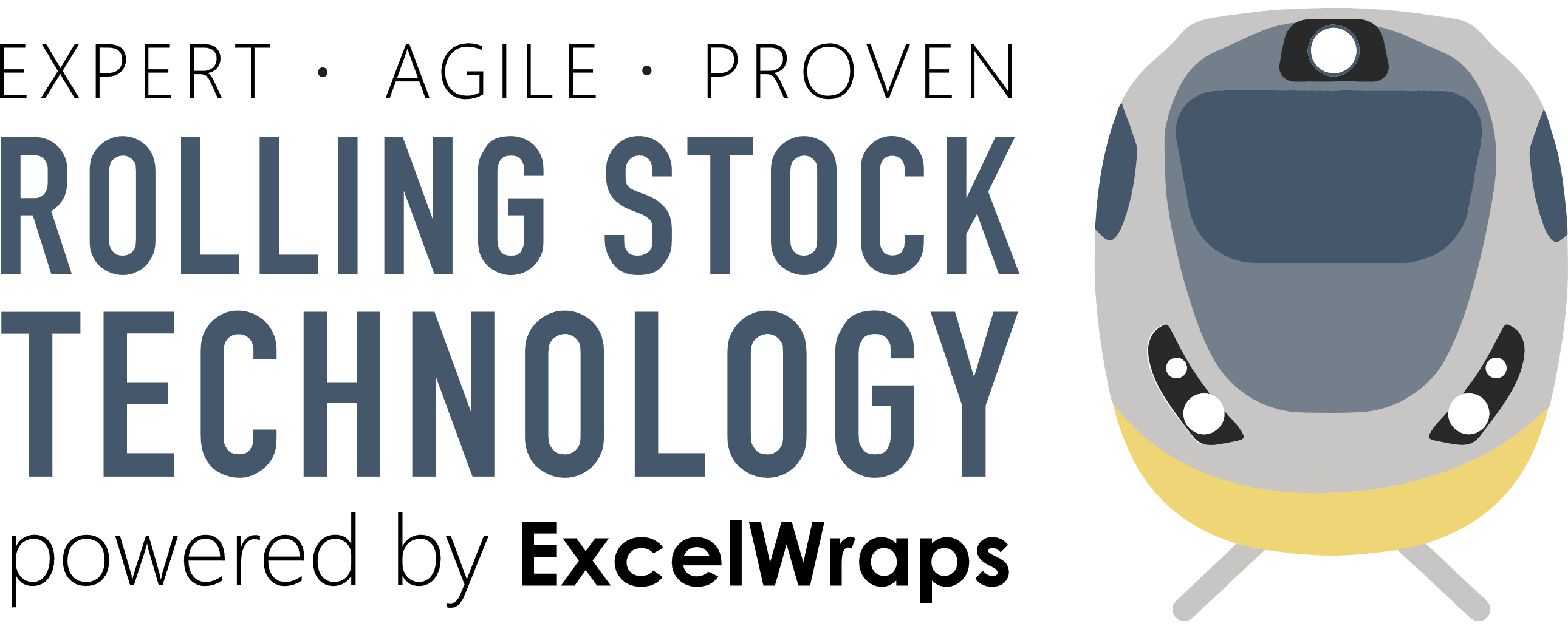Bolt Expert
A bolted joint assessment involves a meticulous analysis of various parameters that ensure the stability and functionality of the joint. The fundamental mechanics considered include:
- Bolt Preload: The force that is exerted when a bolt is tightened. This force clamps the joint together. Too little preload can cause the bolt to loosen under service loads, while too much can lead to bolt or material failure.
- Torque: The force used to tighten the bolt. However, only a fraction of the torque applied actually results in bolt preload, the rest is dissipated as friction. Incorrect torque application can lead to under or over-tightening.
- Thread Engagement: The length of the bolt that is screwed into a nut or threaded hole. If thread engagement is insufficient, it can cause stripping of the threads.
- Material Properties: These include yield strength (the maximum stress that can be applied before permanent deformation), tensile strength (maximum stress a material can withstand while being stretched or pulled before breaking), and elasticity (the ability to return to original shape after deformation). These properties need to be well understood to prevent bolt or material failure.
- Joint Material Behaviour: Understanding the characteristics of the joint materials under load is important. Some materials may have a tendency to 'flow' under sustained load, reducing the preload and leading to loosening of the bolt.
- Environmental Factors: Conditions such as temperature, corrosion, and vibration can all affect bolt performance and longevity.
Risks of incorrect bolted joint assessment are serious and can include:
- Loosening: If the bolt is not tightened sufficiently, it can loosen during operation, which can lead to joint failure.
- Failure: Over-tightening can lead to bolt failure due to excessive stress. This could also lead to joint failure.
- Increased Maintenance: If a bolted joint is not assessed correctly, it can result in increased maintenance time and costs.
- Safety Risks: Incorrect assessment can lead to catastrophic failures, posing a significant safety risk.
- Operational Downtime: Failures or maintenance needs can lead to unplanned operational downtime, affecting productivity and costs.
